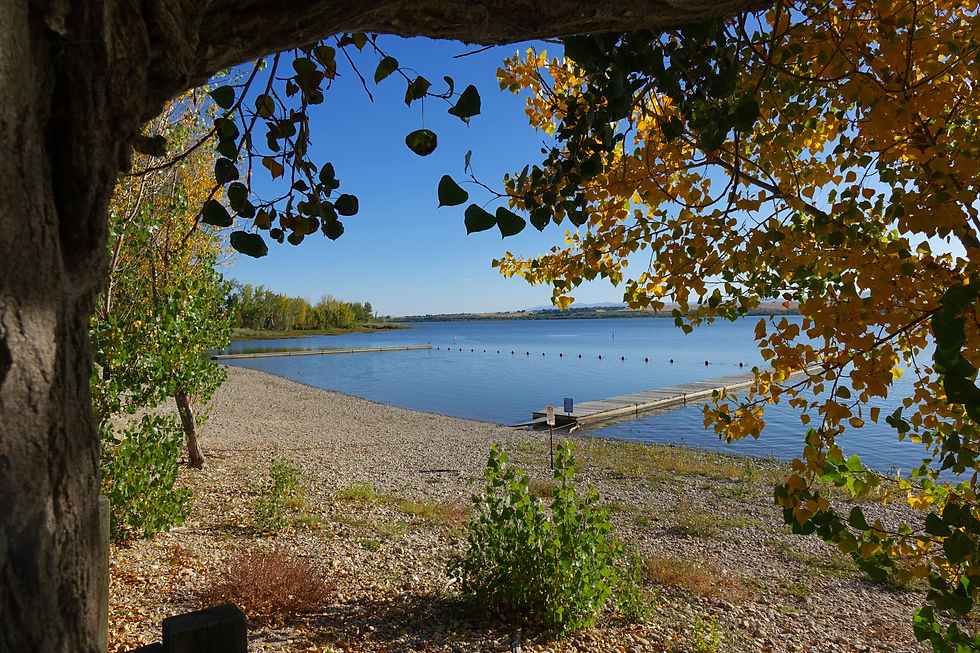
LENA
SAMIGOULLINA
Real Estate Professional | License #DRE# 01387227
(310) 625-9005
lena@luxuryrealtorlena.com

Welcome to the best resource for searching for homes, provided by LENA SAMIGOULLINA, Keller Williams Realty.
A home is not a home because of its room dimensions or the color of the walls. It is about how you feel when you walk through the front door. And the way you can instantly envision your life unfolding there.
This is about more than real estate. It is about your life and your dreams.
How am I different from other real estate agents?
Marketing vision, strong negotiation skills, hard work, and a full commitment to the clients' best interests differentiates me from other real estate agents. I negotiate for my clients best interests at every step of the transaction. I make sure my marketing provides the greatest exposure possible for the property. My goal is ... always to find more than one buyer for each of my listings and to get the full asking price, or above asking price, and to negotiate a back up offer. After negotiating all the best possible terms of the purchase agreement with the buyers and their agents for my clients, I make sure that everything is done in the timely manner and follow up with everyone involved in the transaction constantly.
When marketing my listings, I always look for the best ways to reach the potential buyers and their agents. I do believe that each property is unique and requires different ways of marketing.
I've been told repeatedly by my past clients that I'm the hardest working agent they've worked with. My work ethics along with my unparalleled marketing and negotiating skills reward me with the business from repeat clients and their referrals, and that's the greatest compliment I could wish for.
Experience
I started my real estate career in Los Angeles by joining Coldwell Banker Beverly Hills North office in the Spring of 2004. In the summer of 2005 I decided that my work style and innovative marketing techniques needed a different place for growth, and I was very happy to find and become a member of the Keller Williams Realty Westside office in July of 2005. During my real estate career I've worked with many clients assisting them with lease, purchase and sale of the single family residences, one to four units income properties, land, and condominiums all over the beautiful Los Angeles area.
Communication
I am easily accessible to my clients either by phone or email all the time, and respond to any phone call or email right away.
My Commitment to You
I'm fully committed to my clients' best interests and to getting my clients the best outcome possible in every transaction.

NAMPA
IDAHO
NAMPA
In 1883, the landscape of what was to become Canyon County was changed forever, when the Oregon Short Line Railway (a subsidiary of the Union Pacific) made its way from Granger, Wyoming to Huntington, Oregon. The sagebrush-covered ground was cleared and leveled so tracks could be laid, providing an opportunity for safer travel to the emigrants of the east. Towns sprung up about every 10 to 15 miles along the tracks. Nampa is one such Town.

It is not know for certain where the name “Nampa ” came from, but as the Oregon Short Line was built through Idaho, unusual names were given to some of the stations. Many of these unusual names were believed to be of Indian origin. Annie Laurie Bird, Nampa Historian, concurred with research previously done by F. G. Cottingham of Nampa and others, that the Shoshoni Indian word “namb” means “footprint” or “moccasin”. Indians of the region were known to stuff their moccasins during cold weather with sagebrush. This would make their footprints larger than usual size. However, contrary to what many people thought, Nampa, Idaho, is not the only place in the world with this name. For example, there is a Town in Canada named Nampa.


Alexander and Hannah Duffes, with the encouragement of James McGee, saw the possibilities in the land east of Caldwell, and in 1885, homesteaded on 160 acres with the express purpose of creating a Town. On September 8, 1886, Duffes, McGee and James M. Stewart formed the Nampa Land and Improvement Company, dividing the property into lots. Duffes was a very religious man and dreamed of a Town with no saloon. He refused to sell Town lots to anyone who intended to build a saloon on them. This caused people to refer to the Town of Nampa as “New Jerusalem”. It is interesting to note that “The Nampa Progress”, Nampa ’s first newspaper, lists in June 1888, that there were 28 businesses in Nampa, of which three were saloons. Ironically, twenty-one years later, the Duffes home was moved and a brewery built in its place.
